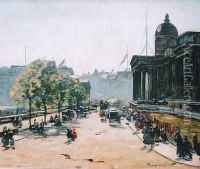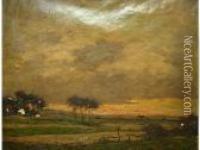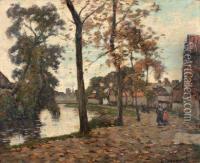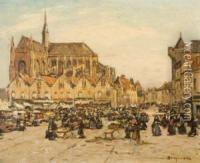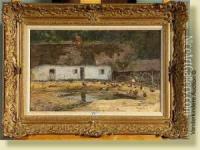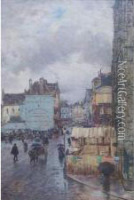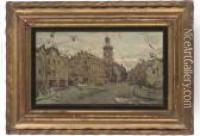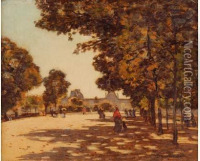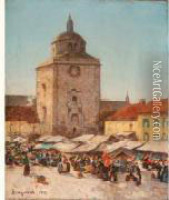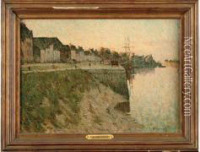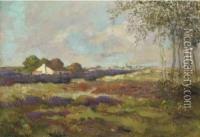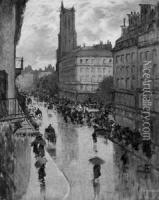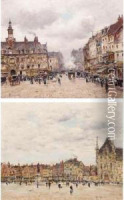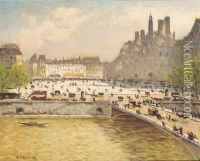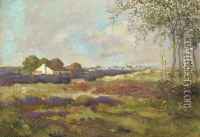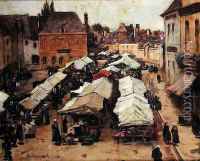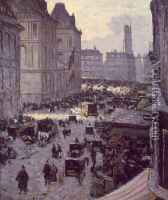Louis Braquaval Paintings
Louis Braquaval, born Louis Valtat on February 8, 1854, in Dieppe, France, was a French painter associated with the Post-Impressionist movement. He is not as widely recognized as other artists of the time, but his work does contribute to the transitional period between Impressionism and the artistic movements that followed. Little is documented about Braquaval's personal life and artistic training, which is why he remains a relatively obscure figure in art history.
Braquaval primarily worked in oils and is known for his landscapes and marine scenes that often depicted the northern coast of France, including areas such as Brittany and Normandy. His painting style was characterized by a bold use of color and a preference for capturing the effects of light on the natural environment. While his style was rooted in Impressionism, with its loose brushwork and attention to atmospheric conditions, it also hinted at the more structured compositions that would become popular with the Post-Impressionists.
The artist's oeuvre is said to reflect a sense of tranquility and a deep appreciation for the quiet beauty of rural France. Despite his skills and the quality of his work, Braquaval did not achieve significant fame during his lifetime. He exhibited at the Salon des Independants in Paris, an annual event that was crucial for avant-garde artists seeking recognition. However, his work was overshadowed by the more dominant figures of the time, such as Claude Monet and Vincent van Gogh.
Louis Braquaval passed away on March 10, 1919, in Saint-Valery-en-Caux. After his death, his work gained a modicum of recognition among art collectors and historians, though he has never been celebrated to the extent of his contemporaries. Today, his paintings can be found in various art museums and private collections, offering a glimpse into the lesser-known talents of the Post-Impressionist era.
